Home>Garden Essentials>How Long Does Corn Take To Grow From Seed
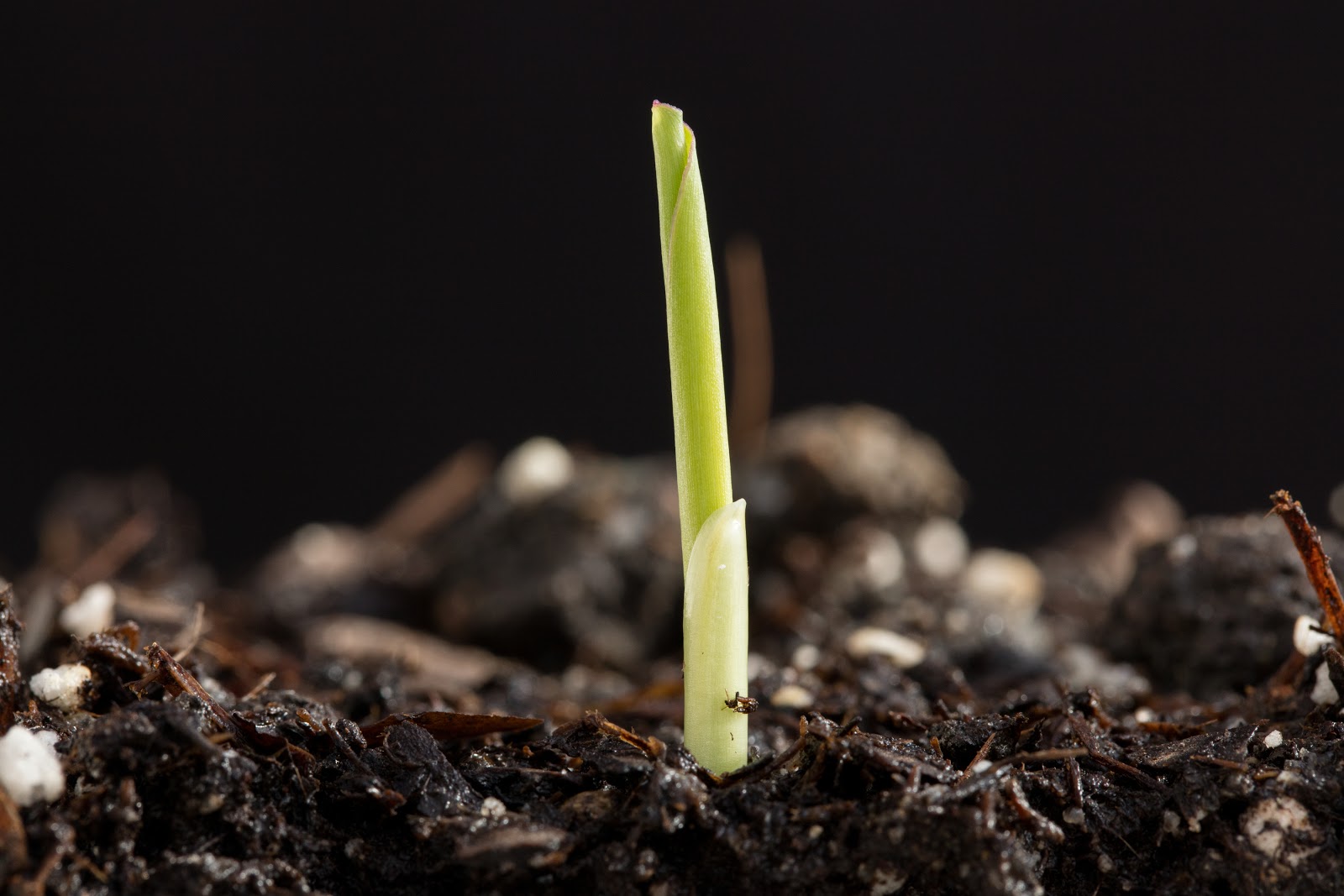

Garden Essentials
How Long Does Corn Take To Grow From Seed
Modified: March 24, 2024
Discover how long it takes for corn to grow from seed in your garden. Learn essential tips and tricks for a successful corn harvest.
(Many of the links in this article redirect to a specific reviewed product. Your purchase of these products through affiliate links helps to generate commission for Storables.com, at no extra cost. Learn more)
Introduction
Welcome to the fascinating world of corn cultivation! If you’ve ever wondered how long it takes for corn to grow from seed to harvest, you’re in the right place. Corn is a staple crop, widely cultivated for its edible kernels and its versatility in various culinary delights. From sweet corn on the cob to cornmeal for baking, this humble crop plays a vital role in our diets.
Understanding the growth process of corn is essential for successful cultivation. It’s important to note that the time it takes for corn to mature can vary depending on several factors such as climate, corn variety, and planting conditions. However, this article will provide you with a general overview of the growth stages and approximate timelines.
So, let’s dive in and explore the journey of a corn seed from germination to harvest!
Key Takeaways:
- Corn takes about 5 to 12 days to sprout from a seed, and 90 to 110 days to fully mature for harvest. Factors like temperature, moisture, and soil quality play a big role in its growth.
- To grow healthy corn, pay attention to factors like temperature, moisture, soil quality, and sunlight. Each growth stage, from germination to maturation, requires specific care and monitoring for a successful harvest.
Read more: How Long To Grow Corn From Seed
Factors Affecting Corn Growth
Before we delve into the specific stages of corn growth, let’s consider the various factors that can affect its development. The health and growth of corn plants are influenced by:
- Temperature: Corn thrives in warm weather with an optimal temperature range of 77-95°F (25-35°C). Cold temperatures can slow down growth, while extreme heat can stress the plants.
- Moisture: Adequate and consistent moisture levels are crucial for corn growth. Too much or too little water can stunt growth and affect yield.
- Soil Quality: Corn requires well-drained soil with good fertility. The soil should be rich in organic matter, have a pH level around 6-7, and provide essential nutrients for optimal growth.
- Sunlight: Corn is a sun-loving plant and requires at least six to eight hours of direct sunlight each day for optimal photosynthesis and growth.
- Seed Quality: Using high-quality, genetically sound corn seeds selected for your specific region can greatly impact the success and growth rate of your crop.
By understanding and managing these factors, you can help ensure that your corn crop grows strong and healthy.
Key Takeaways:
- Corn takes about 5 to 12 days to sprout from a seed, and 90 to 110 days to fully mature for harvest. Factors like temperature, moisture, and soil quality play a big role in its growth.
- To grow healthy corn, pay attention to factors like temperature, moisture, soil quality, and sunlight. Each growth stage, from germination to maturation, requires specific care and monitoring for a successful harvest.
Read more: How Long To Grow Corn From Seed
Factors Affecting Corn Growth
Before we delve into the specific stages of corn growth, let’s consider the various factors that can affect its development. The health and growth of corn plants are influenced by several key factors:
- Temperature: Corn thrives in warm weather with an optimal temperature range of 77-95°F (25-35°C). Cooler temperatures can slow down growth, while extreme heat can stress the plants. It’s important to choose corn varieties that are suitable for your specific climate.
- Moisture: Adequate and consistent moisture levels are crucial for corn growth. Corn needs regular watering, especially during its key growth stages. Dry soil can lead to stunted growth, while overly wet conditions can promote diseases and rot. Proper irrigation techniques and soil moisture monitoring are vital for optimal growth.
- Soil Quality: Corn requires well-drained soil with good fertility. The soil should be rich in organic matter, have a pH level around 6-7, and provide essential nutrients for optimal growth. Conducting a soil test before planting can help determine if any amendments or fertilizers are needed to improve soil quality.
- Sunlight: Corn is a sun-loving plant and requires at least six to eight hours of direct sunlight each day for optimal photosynthesis and growth. Ensure that your cornfield or garden receives ample sunlight by choosing a location with minimal shade or obstructions.
- Seed Quality: Using high-quality, genetically sound corn seeds selected for your specific region can greatly impact the success and growth rate of your crop. Seeds should be obtained from reliable sources and stored properly to maintain their viability. It’s crucial to choose corn varieties that are well-adapted to your climate and growing conditions.
- Pests and Diseases: Corn is susceptible to various pests and diseases that can hinder its growth. Common pests include corn earworms, armyworms, and rootworms. Diseases such as corn smut, gray leaf spot, and southern corn leaf blight can also affect corn growth. Implementing proper pest management strategies and disease prevention measures is crucial to protect your corn crop.
- Weed Control: Weeds compete with corn for nutrients, water, and sunlight, leading to reduced yields. Effective weed control methods, such as using mulch, hand weeding, or herbicides, are necessary to prevent weed growth and ensure healthy corn plants.
By understanding and managing these factors, you can help ensure that your corn crop grows strong and healthy. Paying attention to the specific needs of your corn plants and taking appropriate measures to address any challenges that arise will contribute to a successful harvest.
Germination Stage
The germination stage marks the beginning of a corn plant’s life cycle. It is the point at which the seed comes to life and starts growing into a seedling. The germination stage typically lasts for about 5 to 12 days, depending on the temperature and soil conditions.
During germination, the corn seed absorbs water from the soil, causing it to swell and activate the enzymes within. This triggers metabolic processes that break down stored nutrients and initiate root and shoot development.
One of the critical factors influencing germination is soil temperature. The optimal soil temperature for corn germination is around 50-86°F (10-30°C). If the soil temperature is too low, germination may be slow, and the seed may be more susceptible to fungal diseases. On the other hand, if the soil temperature is too high, it can lead to poor germination rates.
Another factor to consider is the moisture content of the soil. The seed needs adequate moisture to germinate, but excessive moisture can lead to rotting. It’s important to strike a balance by ensuring that the soil is moist but not waterlogged.
During germination, the radicle (primary root) emerges from the seed, followed by the coleoptile (the protective sheath) and the first leaves known as the seminal leaves. The coleoptile helps protect the emerging shoot as it pushes through the soil surface.
At the end of the germination stage, the corn seedling becomes established with a strong root system and begins to photosynthesize. It is now ready to enter the next stage of growth called the vegetative stage.
To promote successful germination, it’s important to prepare the soil adequately and plant the seeds at the proper depth and spacing. Ensuring optimal soil temperature, moisture, and providing consistent care will set a strong foundation for your corn plants’ growth.
Vegetative Stage
The vegetative stage is a critical period in the life cycle of a corn plant when it focuses on leaf and stem development. This phase typically lasts from 30 to 60 days, depending on the corn variety, growing conditions, and climate.
During the vegetative stage, corn plants put their energy towards establishing a robust root system and developing leaves. The roots continue to grow deeper into the soil, improving nutrient and water absorption. Meanwhile, the stem elongates, and the leaves grow larger to capture sunlight and carry out photosynthesis.
Optimal growing conditions during the vegetative stage are essential to maximize growth and yield potential. Here are a few factors to consider:
- Nutrition: Corn plants require essential nutrients, such as nitrogen, phosphorus, and potassium, during the vegetative stage. Supplying balanced fertilizers or incorporating organic matter into the soil prior to planting can help ensure adequate nutrient availability.
- Water: Proper irrigation is crucial during this stage, as corn plants have high water demands. Monitor soil moisture levels and provide sufficient water to prevent drought stress. Avoid overwatering, as excessively soggy soil can lead to root rot and hamper growth.
- Weed Control: Weeds compete with corn for resources and can hinder growth. Implement effective weed control strategies, such as mulching, mechanical cultivation, or herbicide application, to minimize weed competition.
- Pest Management: Monitor for common pests like cutworms, corn borers, or aphids during the vegetative stage. Early detection and appropriate pest management measures can prevent damage and promote healthy growth.
- Temperature and Sunlight: Corn thrives in warm temperatures, with optimal growth occurring between 77-86°F (25-30°C). Ensure that your cornfield receives ample sunlight to support photosynthesis and fuel plant growth.
By providing the necessary care and attention during the vegetative stage, corn plants will develop a strong, healthy foundation for the subsequent reproductive stage. The goal is to establish a well-developed leaf canopy and robust stems to support the growth of ears and maximize yield potential.
Corn typically takes about 60-100 days to grow from seed to harvest, depending on the variety. Plant in warm soil, provide plenty of sunlight, and water regularly for best results.
Reproductive Stage
The reproductive stage is a crucial phase in the growth cycle of corn, as it is when the plant transitions from focusing on vegetative growth to producing flowers and ears. This stage typically begins around 55-95 days after planting, depending on the corn variety and growing conditions.
During the reproductive stage, the corn plant allocates its energy towards pollination, fertilization, and ear development. Here are the key elements of this stage:
- Tassel Formation: The reproductive stage begins with the emergence of the tassel, which is the male flower structure located at the top of the corn plant’s main stalk. The tassel releases pollen, which is vital for fertilizing the ears.
- Silk Emergence: Shortly after the tassel appears, small, thread-like structures called silks appear from the ear shoots. The silks are the female reproductive organs that capture the pollen for fertilization. Each silk corresponds to an individual kernel on the cob.
- Pollination: Pollination occurs when the pollen grains from the tassel land on the silks. Each silk must be successfully pollinated to form a kernel. Adequate pollen availability and suitable environmental conditions, such as mild temperatures and low humidity, are critical for successful pollination.
- Fertilization: Once the silks are pollinated, the pollen grains travel down the silks to the ovary, where fertilization occurs. The fertilized ovules develop into kernels, and the silks gradually turn brown and dry up.
- Ear Development: As fertilization occurs, the ears gradually fill with developing kernels. The size and shape of the ears vary depending on the corn variety and growing conditions. Providing sufficient water, nutrients, and sunlight during this stage is crucial for proper ear development and kernel formation.
The reproductive stage is a critical period where weather conditions and management practices can greatly impact yield. Some factors to consider during this stage include:
- Irrigation: Corn plants require consistent soil moisture during the reproductive stage, especially during pollination and ear development. Adequate irrigation practices are necessary to prevent stress and maximize kernel development.
- Nutrition: Fertilizer applications during this stage should be carefully timed and catered to the specific nutrient needs of the corn plant. Nitrogen, phosphorus, and potassium are particularly important for promoting ear development and maximizing yield potential.
- Pest and Disease Management: Monitor for pests, such as corn earworms and birds, which may damage the developing ears. Control measures, such as insecticides and scare tactics, can help protect the crop. Additionally, monitor for diseases like gray leaf spot or rust and take appropriate actions to minimize their impact.
- Pollination Monitoring: Regularly inspect the tassels and silks to ensure proper pollination. If pollination issues arise, it may be necessary to address them promptly, such as by shaking the tassels to enhance pollen shed or hand-pollinating ears if needed.
The reproductive stage is a critical period where successful pollination and fertilization lay the foundation for the final stage of corn growth – maturation. By providing the necessary care and monitoring during this stage, you can help ensure optimal yield and quality of your corn crop.
Maturation Stage
The maturation stage is the final phase in the growth cycle of corn, where the plant completes its development and prepares for harvest. This stage typically occurs around 90-110 days after planting, depending on the corn variety and growing conditions.
During the maturation stage, the corn plant focuses on kernel filling, drying, and reaching its maximum maturity. Here are the key aspects of this stage:
- Kernel Filling: During this stage, the kernels on the cob continue to fill and enlarge. Adequate moisture and nutrient availability during the reproductive stage are crucial for proper kernel development. The kernels transition from a milky consistency to a solid state as they accumulate starch.
- Drying Down: As the kernels fill and reach maturity, the plant gradually starts shutting down its physiological processes. The moisture content within the plant decreases, and the leaves start to dry and turn brown. This drying down process is a natural part of corn maturation.
- Harvest Moisture Content: The ideal moisture content for corn harvest varies depending on storage and end use, but it generally ranges from 22-25%. Harvesting corn too early with high moisture content can negatively affect storage quality and increase the risk of spoilage.
- Determining Maturity: Corn maturity is often assessed by observing the physical characteristics of the plant and kernels. The “black layer” formation at the base of the kernels indicates physiological maturity, signaling the end of the plant’s growth cycle.
During the maturation stage, it is essential to monitor the crop and make decisions about the optimal time for harvest. Consider the following factors:
- Field Drying: Depending on the climate and weather conditions, leaving the corn in the field to dry down naturally may be an option. However, be mindful of potential weather risks and pests that may damage the crop during this stage.
- Timing of Harvest: Harvest should ideally take place when the crop has reached the desired moisture content for storage and utilization. Monitoring moisture levels using a moisture meter can help determine the optimal time for harvest.
- Harvesting Techniques: Different harvesting techniques, such as using a combine harvester or manual harvesting, can be employed based on the scale of cultivation and available resources. Ensure that proper equipment is used and that the harvested corn is handled carefully to minimize damage.
The maturation stage marks the culmination of the corn plant’s growth cycle. It is an exciting time as the crop reaches its full potential and is ready for harvest. Proper monitoring, timing, and efficient harvesting practices are crucial to ensure maximum yield and quality for your corn crop.
Harvesting Corn
Harvesting corn is an exciting and rewarding process that marks the culmination of months of hard work in cultivating this versatile crop. Proper harvesting techniques and timing are crucial to maximize yield and maintain the quality of the harvested corn. Here’s a step-by-step guide to harvesting corn:
- Determine Harvest Readiness: The timing of corn harvest is critical. Harvest too early, and the kernels may not be fully mature. Harvest too late, and the corn may become overripe, leading to reduced quality. Monitor the moisture content and physical characteristics of the corn to determine its readiness for harvest.
- Choose the Right Equipment: Depending on the scale of cultivation, choose the appropriate harvesting equipment. Combines are commonly used for larger farms, as they provide efficient and automated harvesting capabilities. For smaller-scale operations, hand-harvesting methods can be employed.
- Prepare the Harvesting Equipment: If using a combine harvester, ensure that it is properly calibrated and adjusted for the specific corn variety and field conditions. This includes setting the appropriate rotor speed and concave clearance to achieve optimal threshing and separation.
- Field Preparation: Before harvesting, remove any obstacles or debris from the field that could interfere with the harvesting process. Clear pathways, remove rocks, and address any potential hazards to ensure a smooth and efficient operation.
- Harvesting Corn: If using a combine harvester, drive the machine through the rows of corn, allowing it to gather the corn plants and separate the kernels from the cobs. If hand-harvesting, carefully cut the corn stalks at the base with a sharp knife or shears.
- Transport and Storage: Once harvested, corn should be promptly transported to a suitable storage facility to protect its quality. Proper handling and storage conditions are essential to prevent spoilage and maintain optimal moisture levels.
- Post-Harvest Maintenance: After harvesting, it’s important to clean and maintain the harvesting equipment to ensure its longevity and performance for future seasons. Remove any accumulated debris and inspect for any necessary repairs or adjustments.
Harvesting corn is a labor-intensive process, but proper planning and execution can result in a successful harvest. It’s essential to consider factors such as weather conditions, moisture content, and the specific requirements of your corn variety.
Once harvested, the corn can be used in a variety of ways, from enjoying fresh sweet corn on the cob to processing it into cornmeal, animal feed, or ethanol. Proper storage and handling will help maintain the quality of the harvested crop. So, take pride in your corn harvest and enjoy the fruits of your labor!
Conclusion
Cultivating and harvesting corn is a fascinating journey that requires careful attention to detail, knowledge of the plant’s growth stages, and an understanding of the factors that can influence its development. Whether you’re growing corn in your backyard garden or on a larger scale, the rewards of a successful corn harvest are well worth the effort.
Throughout this article, we’ve explored the various stages of corn growth, from germination to maturation, and the factors that can impact its development. We’ve learned that temperature, moisture, soil quality, sunlight, and seed selection are critical elements in ensuring healthy and productive corn plants.
During the germination stage, corn seeds come to life and establish themselves as seedlings. The vegetative stage focuses on leaf and stem development, while the reproductive stage is when pollination, fertilization, and ear development occur. Finally, the maturation stage is when the corn plant reaches its full potential and prepares for harvest.
Harvesting corn requires careful timing, proper equipment, and attention to detail. Choosing the right harvesting equipment, preparing the field, and ensuring proper storage conditions are essential for maintaining the quality of the harvested corn.
By understanding the growth stages and factors that affect corn development, you can optimize your cultivation practices and maximize your yield. Remember to consider temperature, moisture, nutrition, pest management, and other critical aspects at each stage of growth.
As you embark on your journey of growing corn, continue to expand your knowledge, experiment with different corn varieties, and adapt your practices to your specific growing conditions. Embrace the joys and challenges of growing this remarkable crop, and enjoy the abundance of fresh, delicious corn that awaits.
So, roll up your sleeves, get your hands dirty, and savor the satisfaction of growing your own corn. Happy cultivating and harvesting!
Frequently Asked Questions about How Long Does Corn Take To Grow From Seed
Was this page helpful?
At Storables.com, we guarantee accurate and reliable information. Our content, validated by Expert Board Contributors, is crafted following stringent Editorial Policies. We're committed to providing you with well-researched, expert-backed insights for all your informational needs.
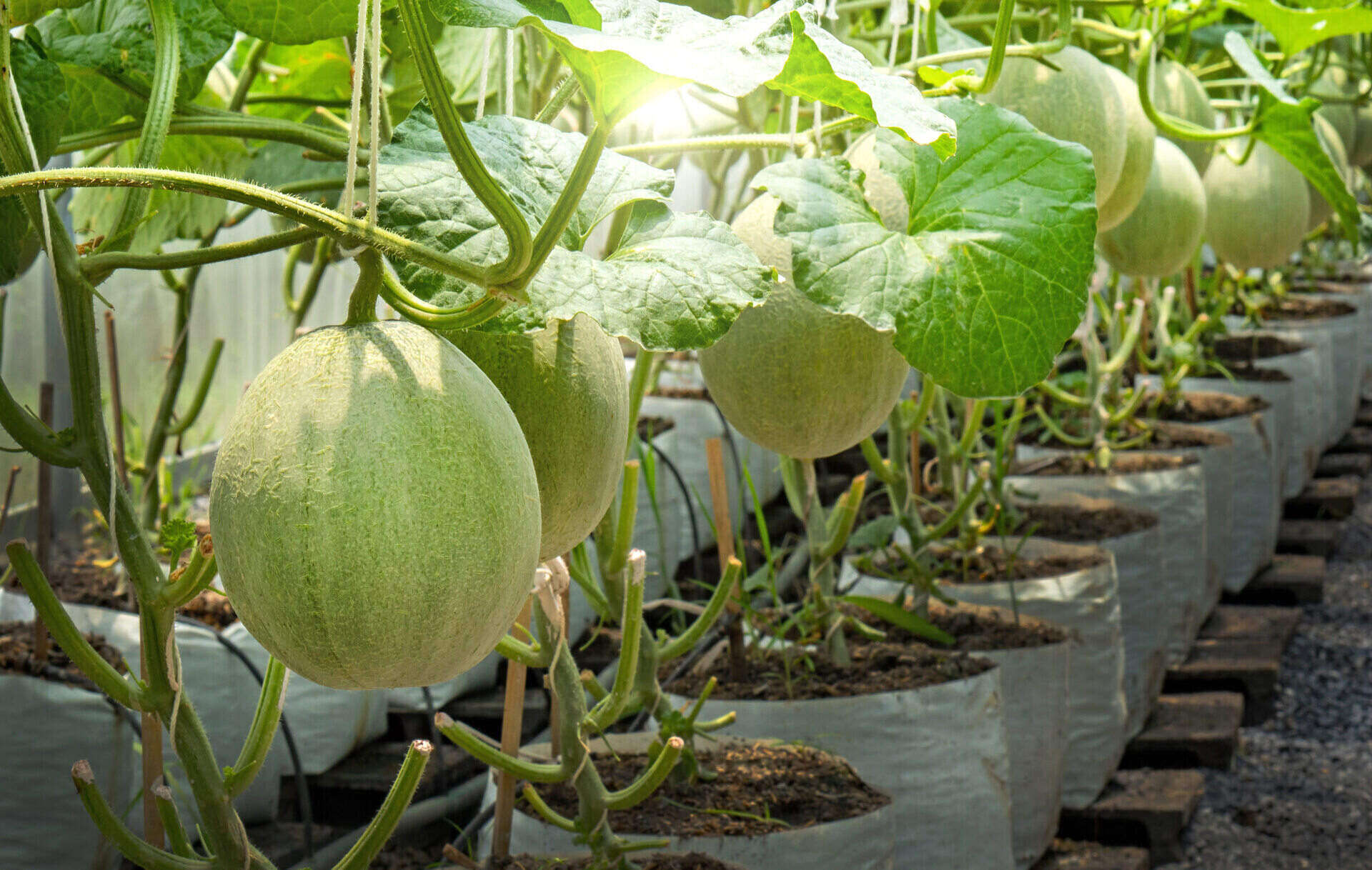
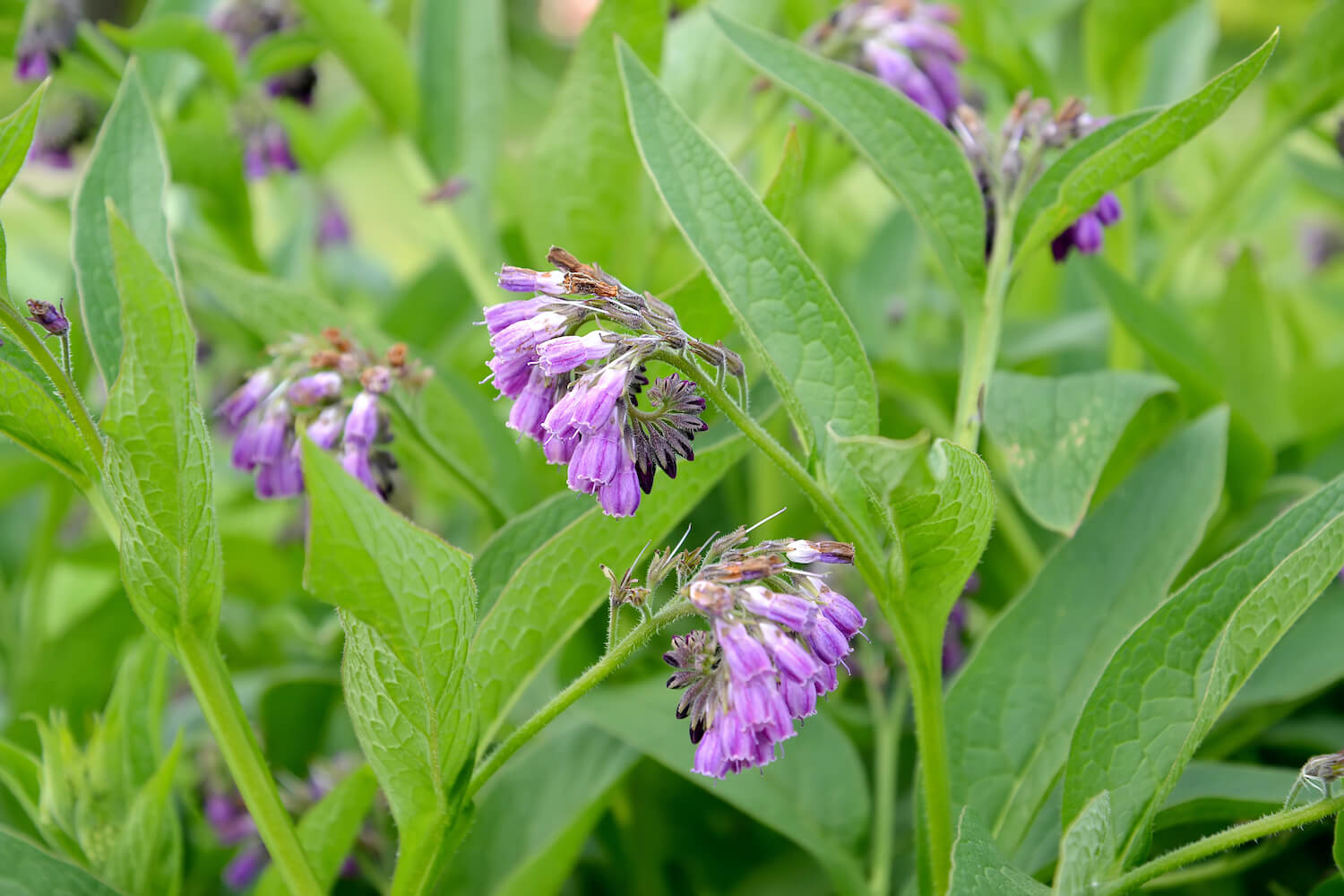
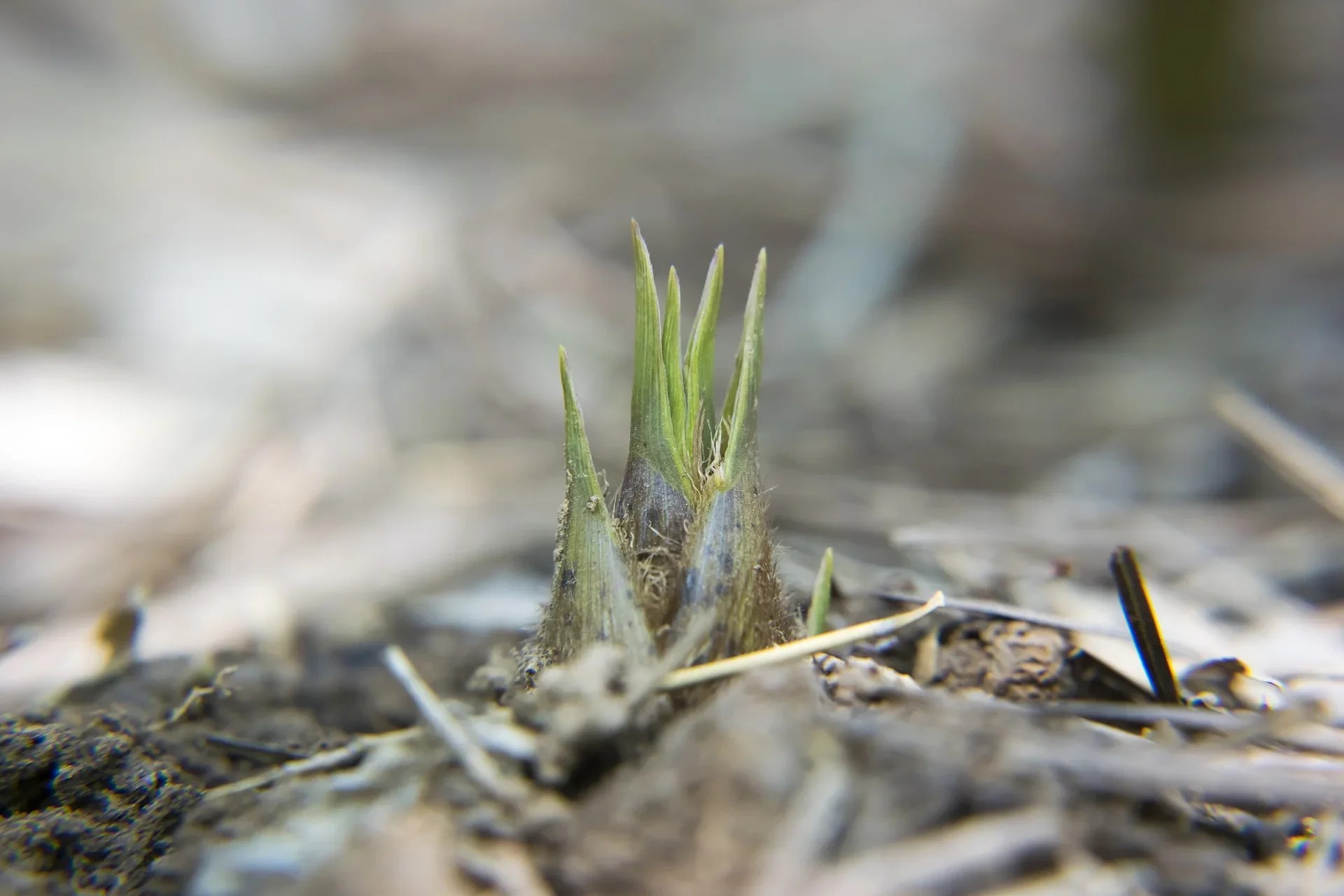
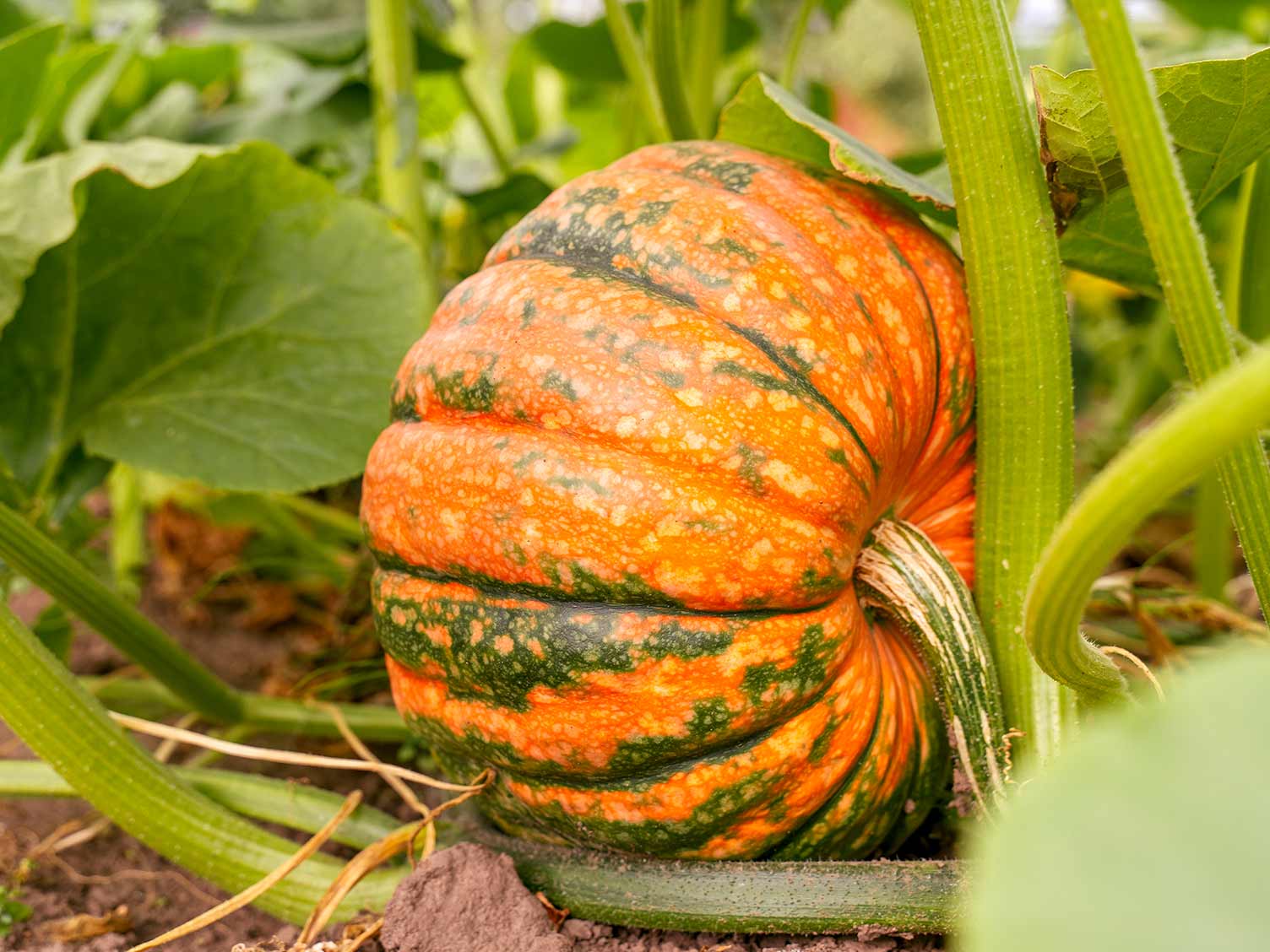
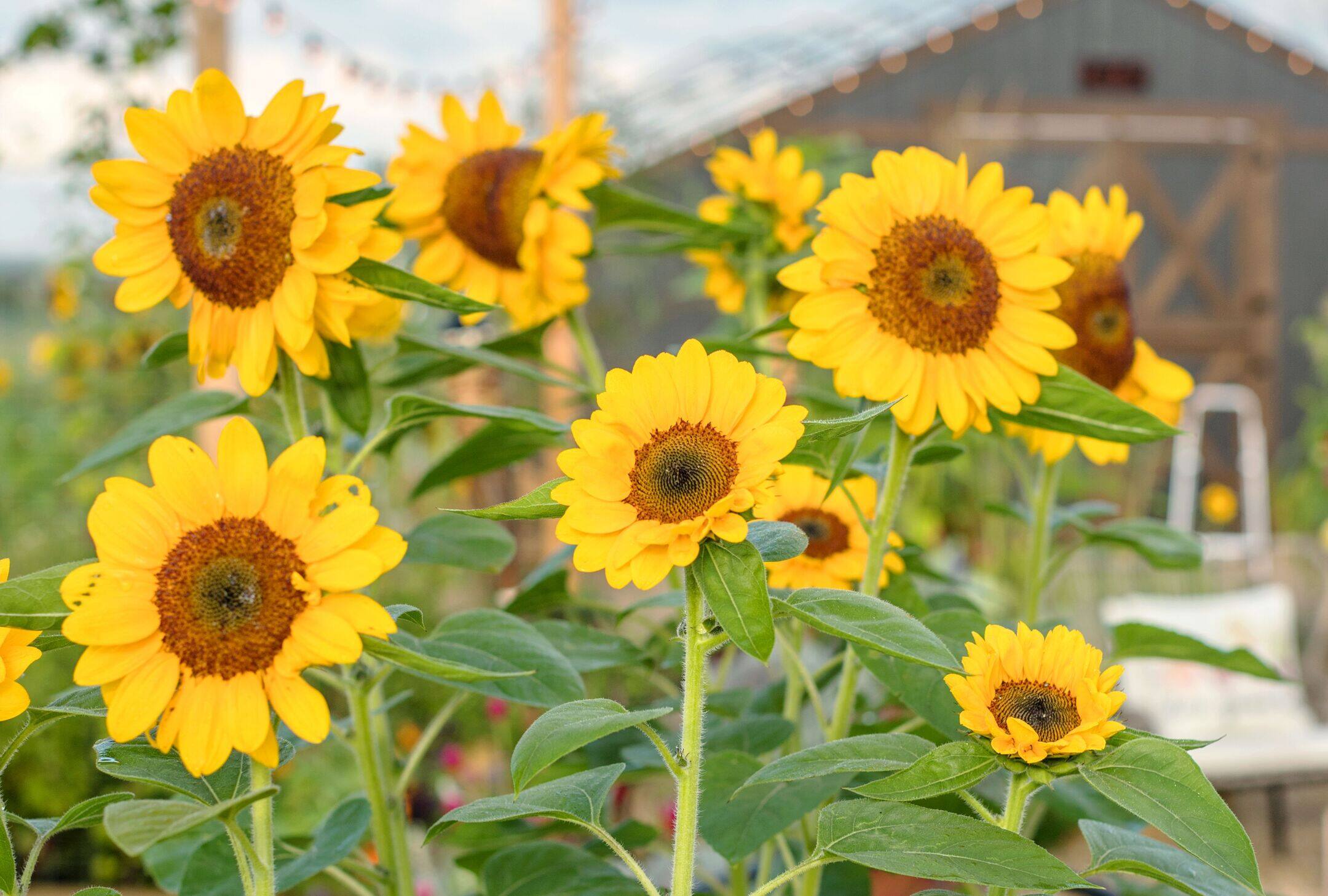
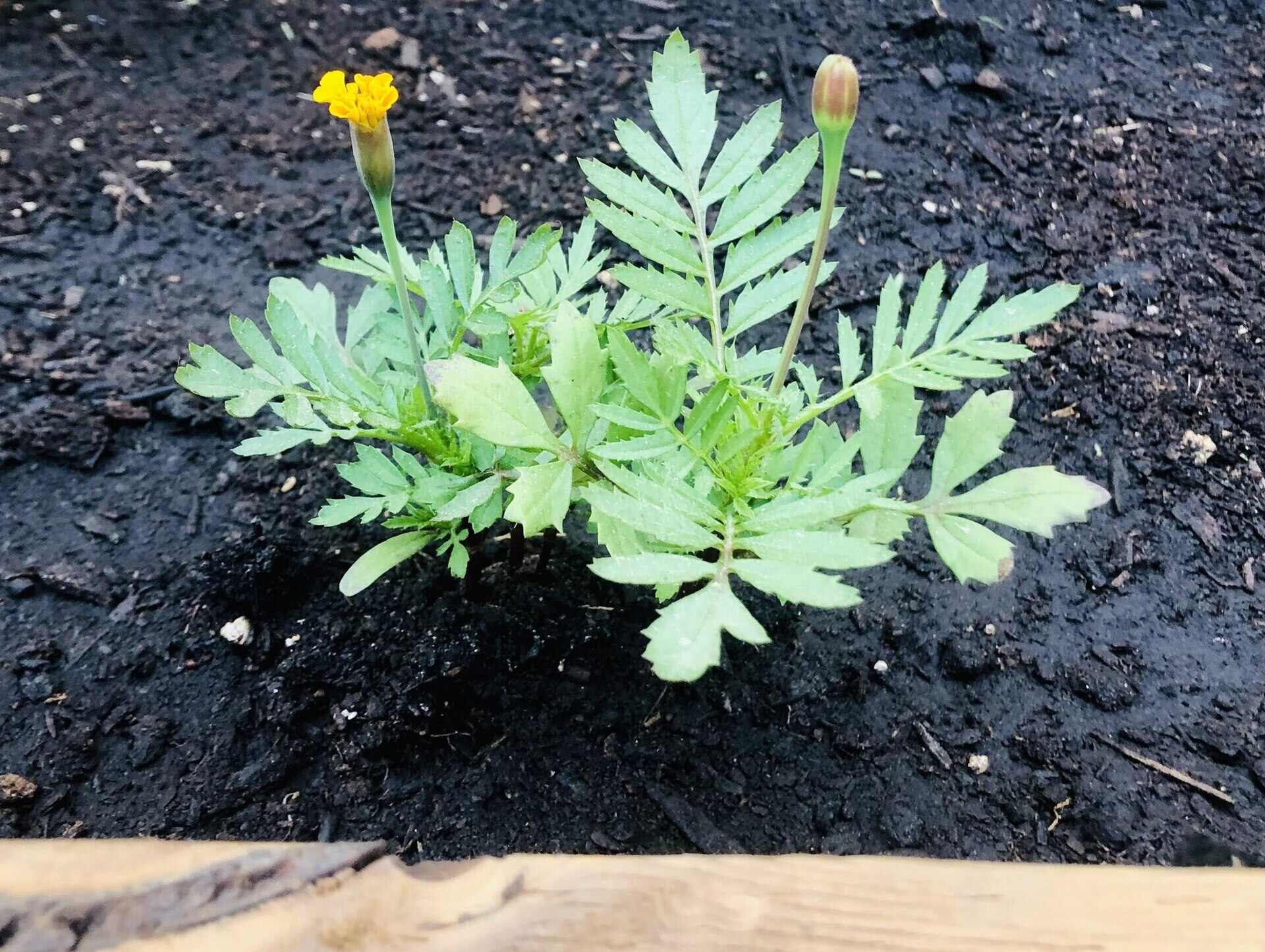
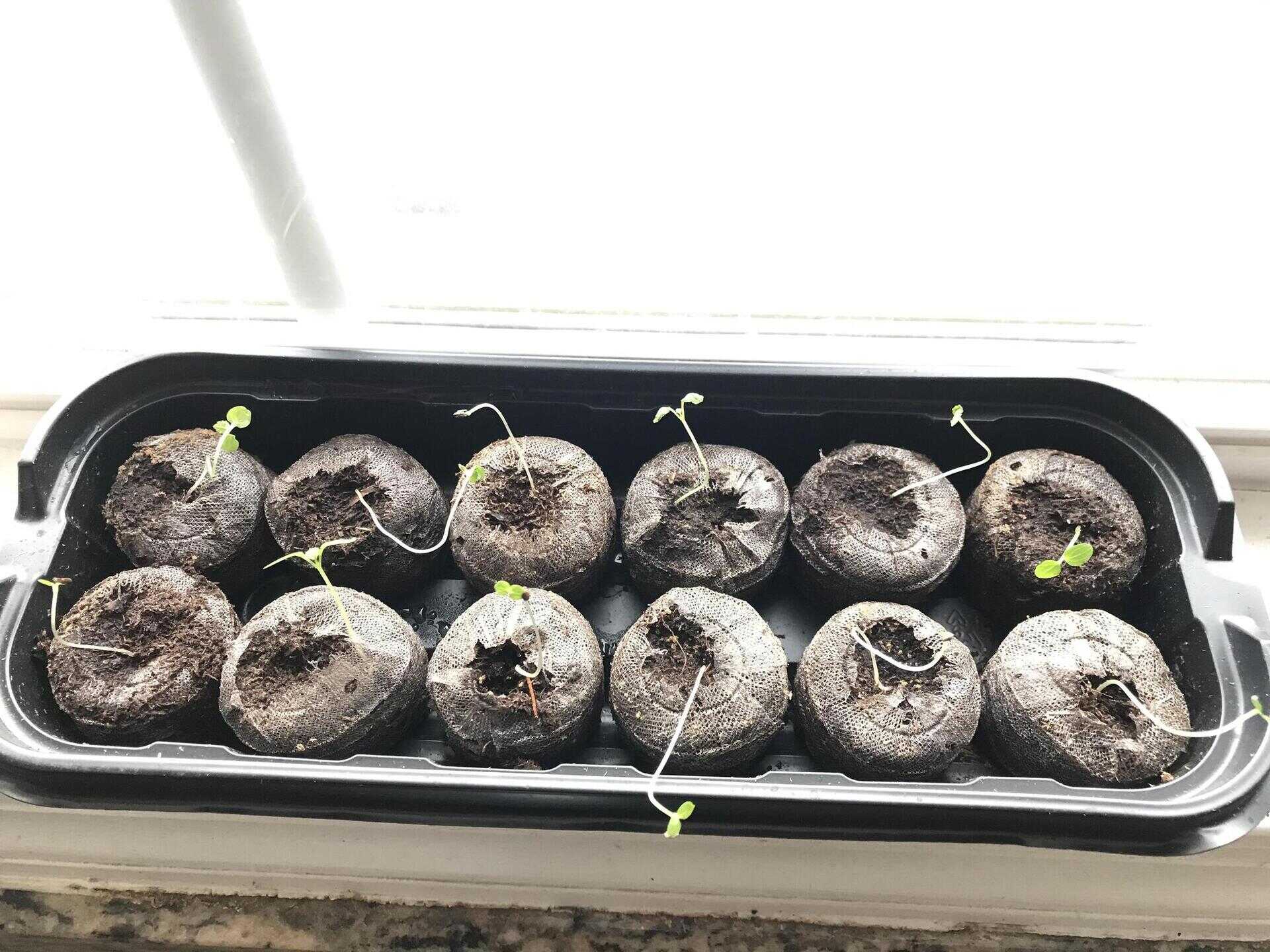
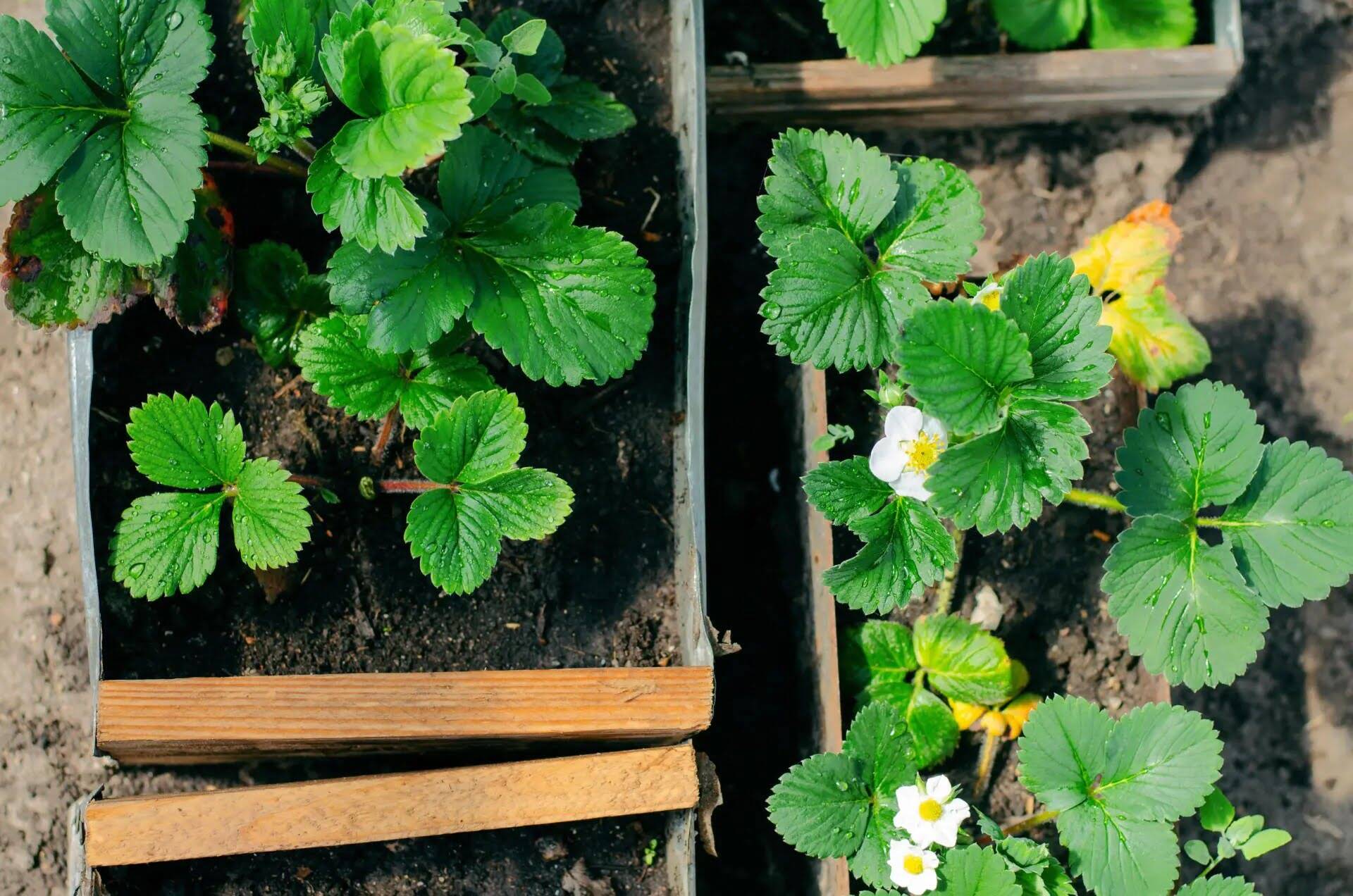
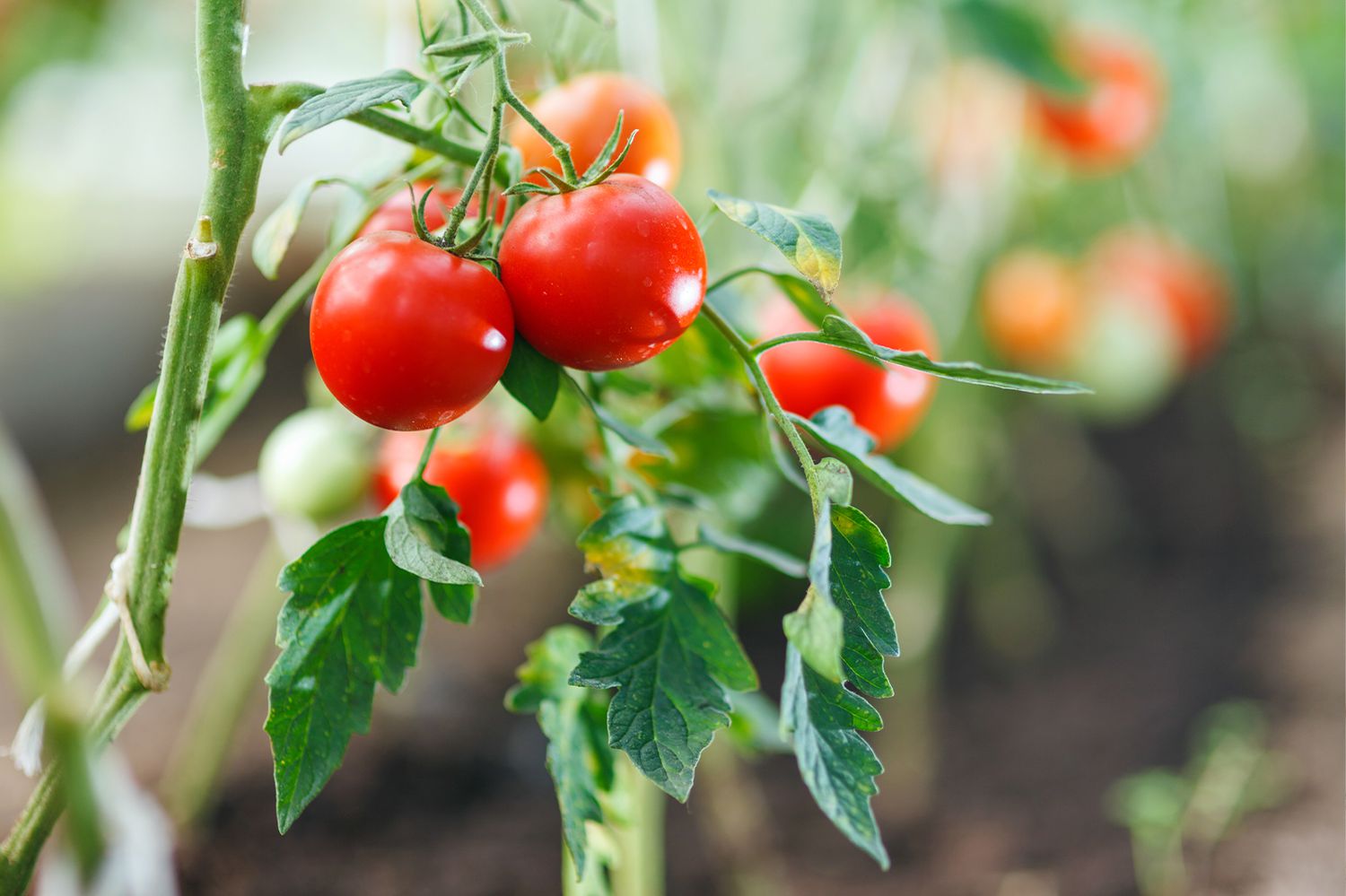
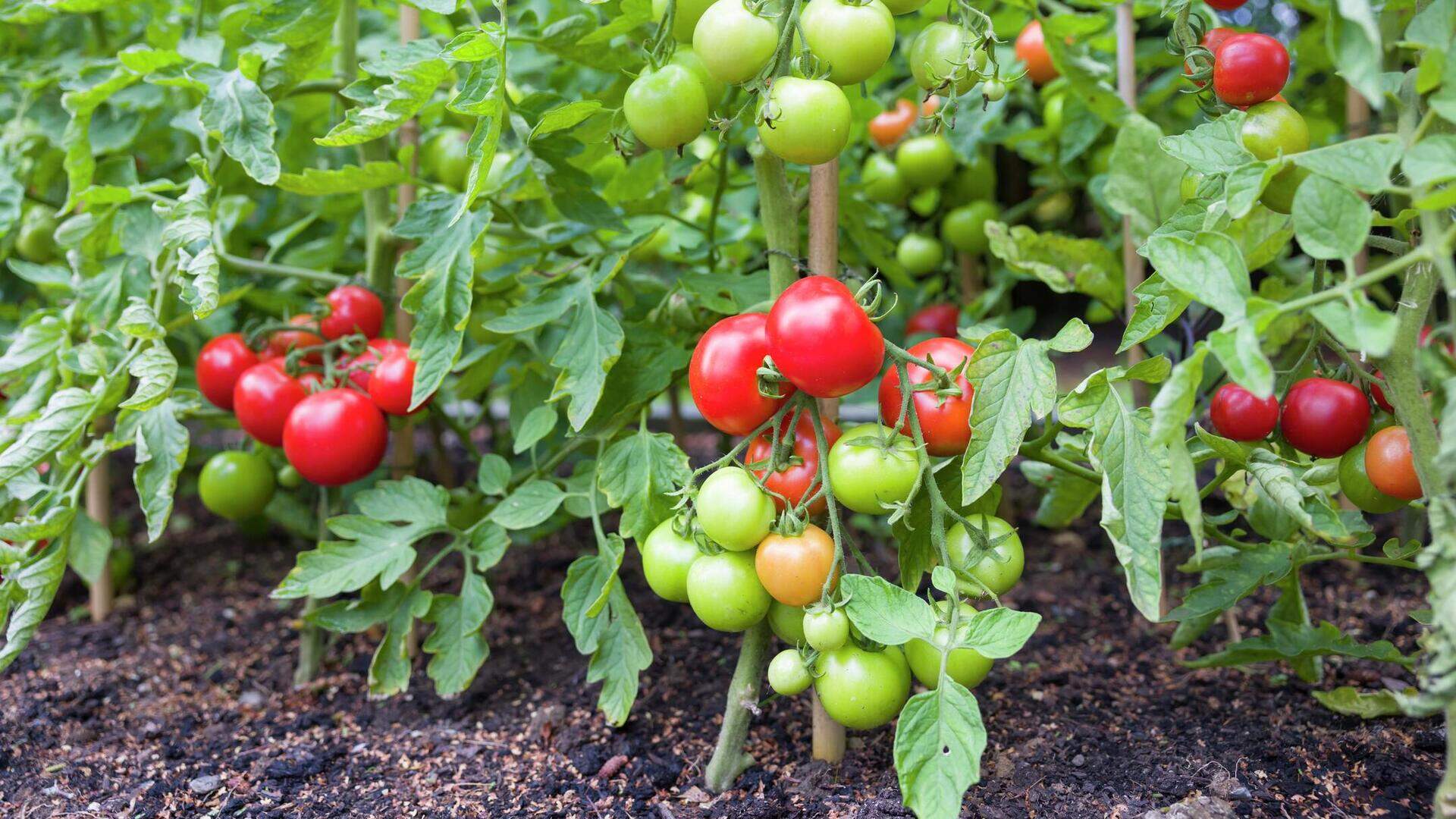
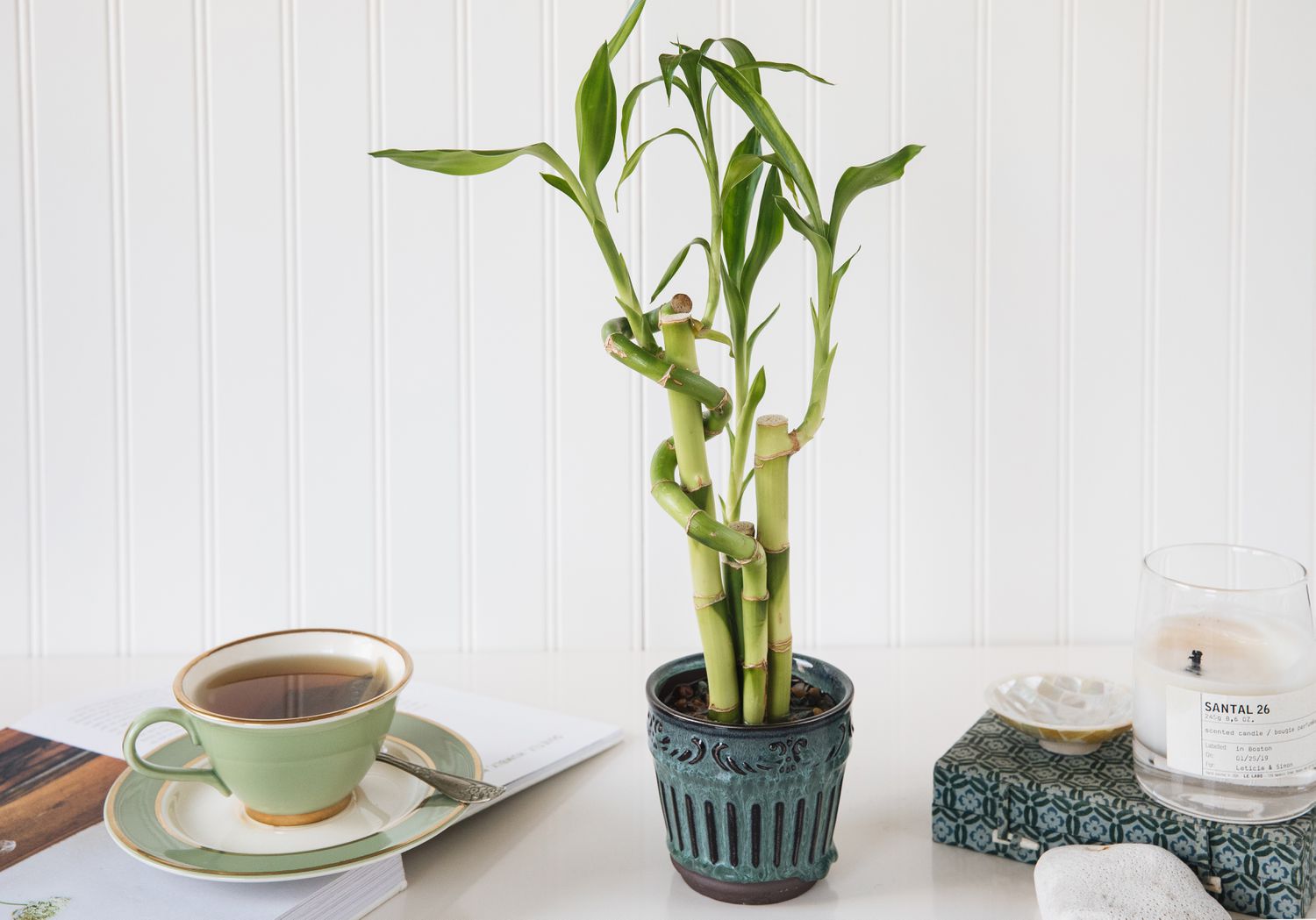
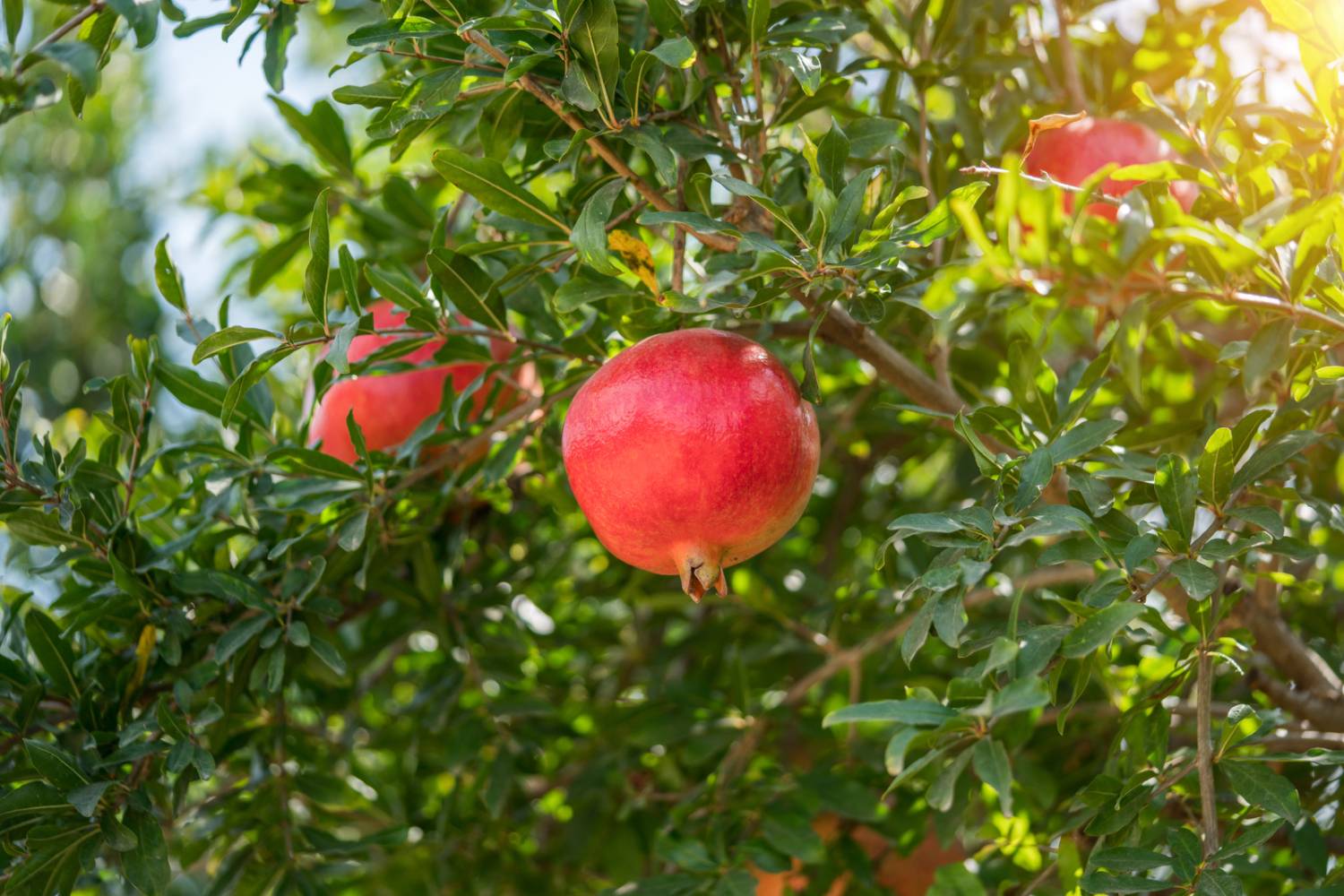
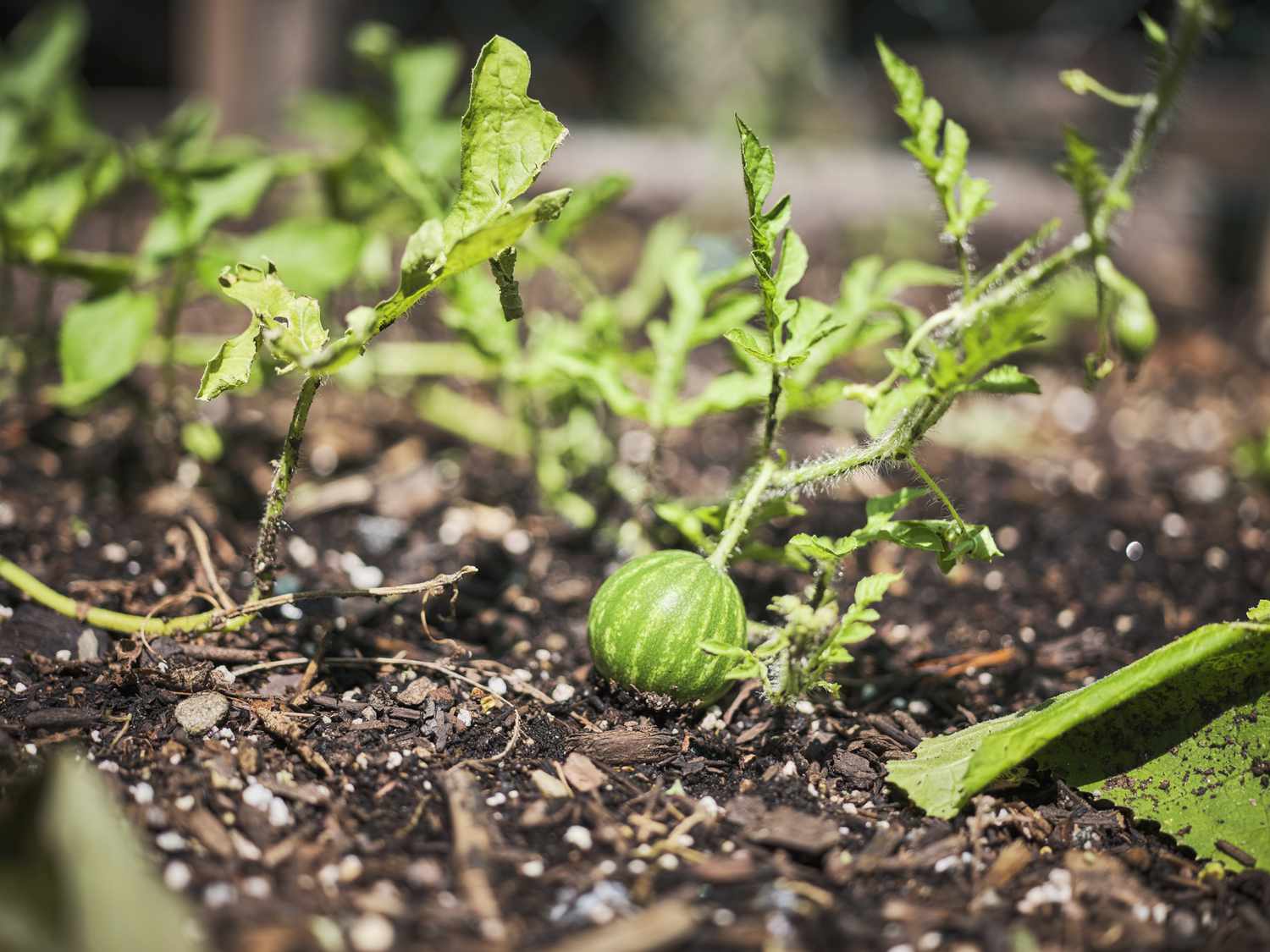
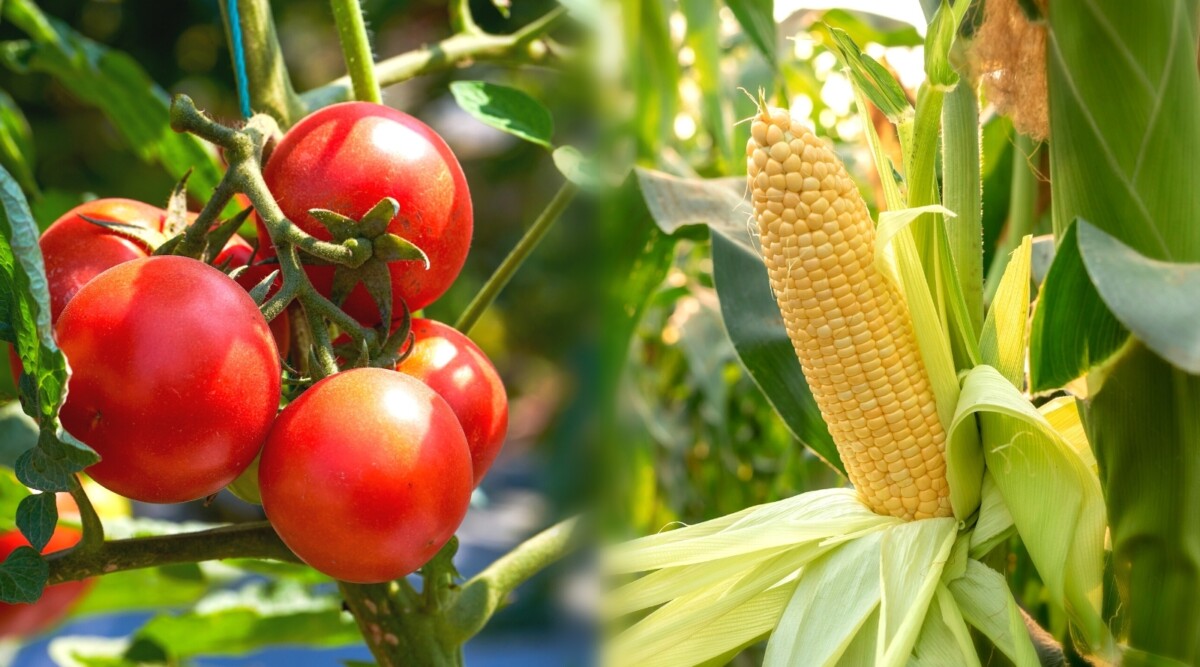

0 thoughts on “How Long Does Corn Take To Grow From Seed”